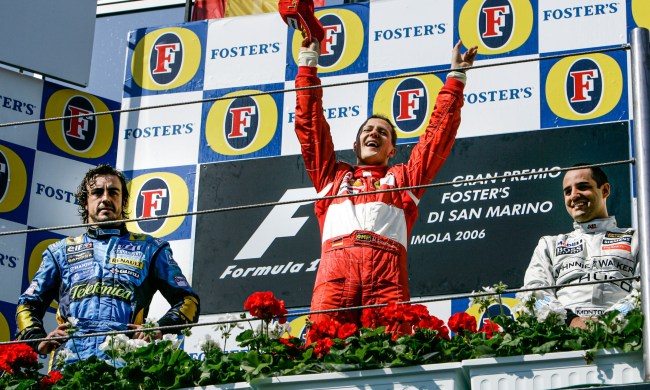
In the current FIA Formula 1 season, ten teams each field two drivers to vie for the highest Grand Prix World Championship points among all competitors. The 2024 F1 schedule has 24 Grand Prix racing events, including six that include a shorter F1 Sprint race.
Why F1 teams matter in the sport
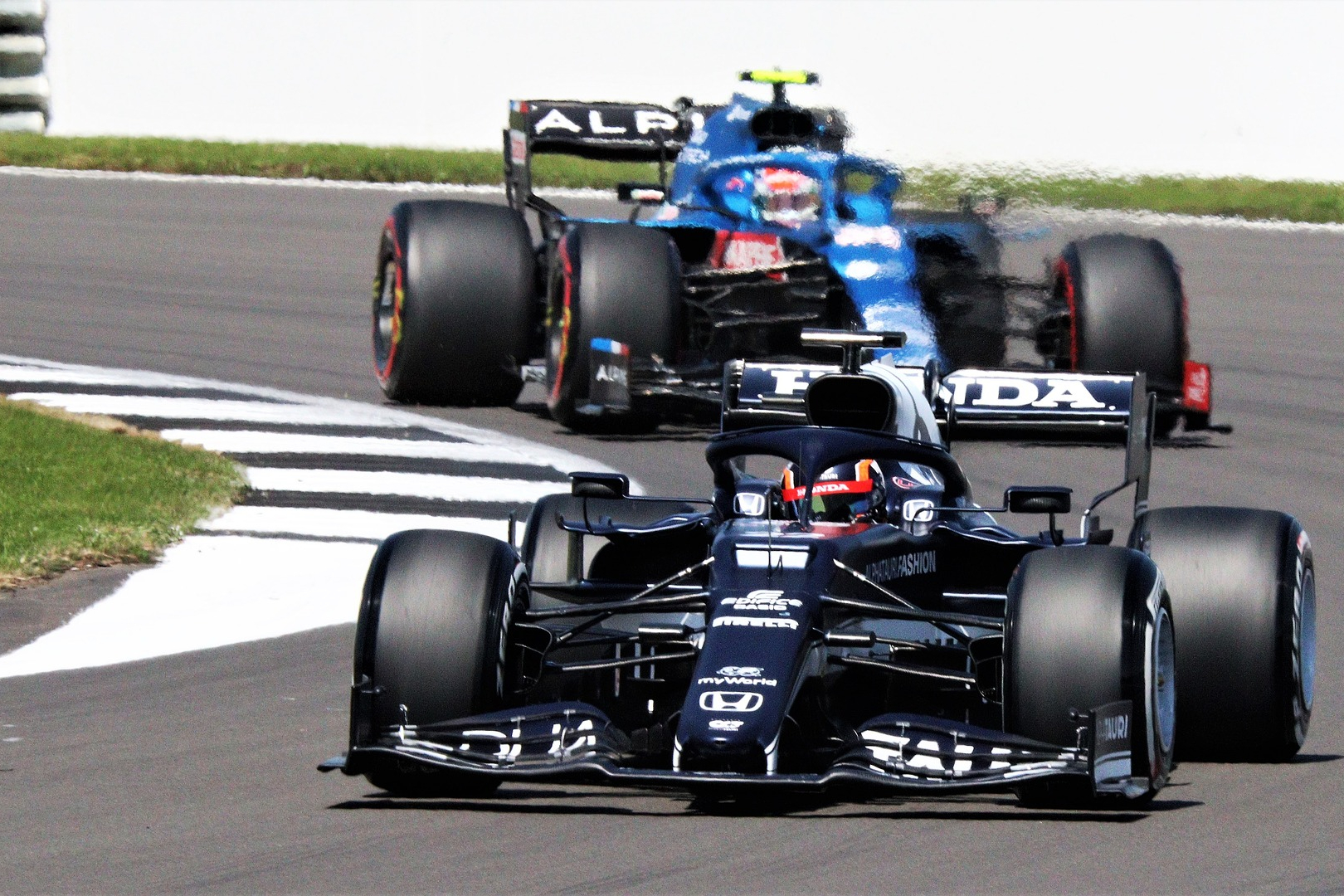
Without teams, F1 could not exist as a motorsport. The costs of building and operating an F1 team run into the hundreds of millions of dollars each year. The FIA F1 Rules and Regulations include a strictly enforced spending cap of $140.4 million for 2024, but that cap doesn’t cover many of the substantial expenses F1 teams incur, including paying drivers’ salaries.
2024 Formula 1 team and drivers

The ten F1 teams have two drivers with cars in each Grand Prix. Teams compete for World Championship Driver points following a complex system in which points are awarded for finishing in the top ten positions in Grand Prix and Sprint races and for the driver with the fastest lap of each race (subject to conditions). The following are the ten F1 teams for 2024.
Red Bull Racing
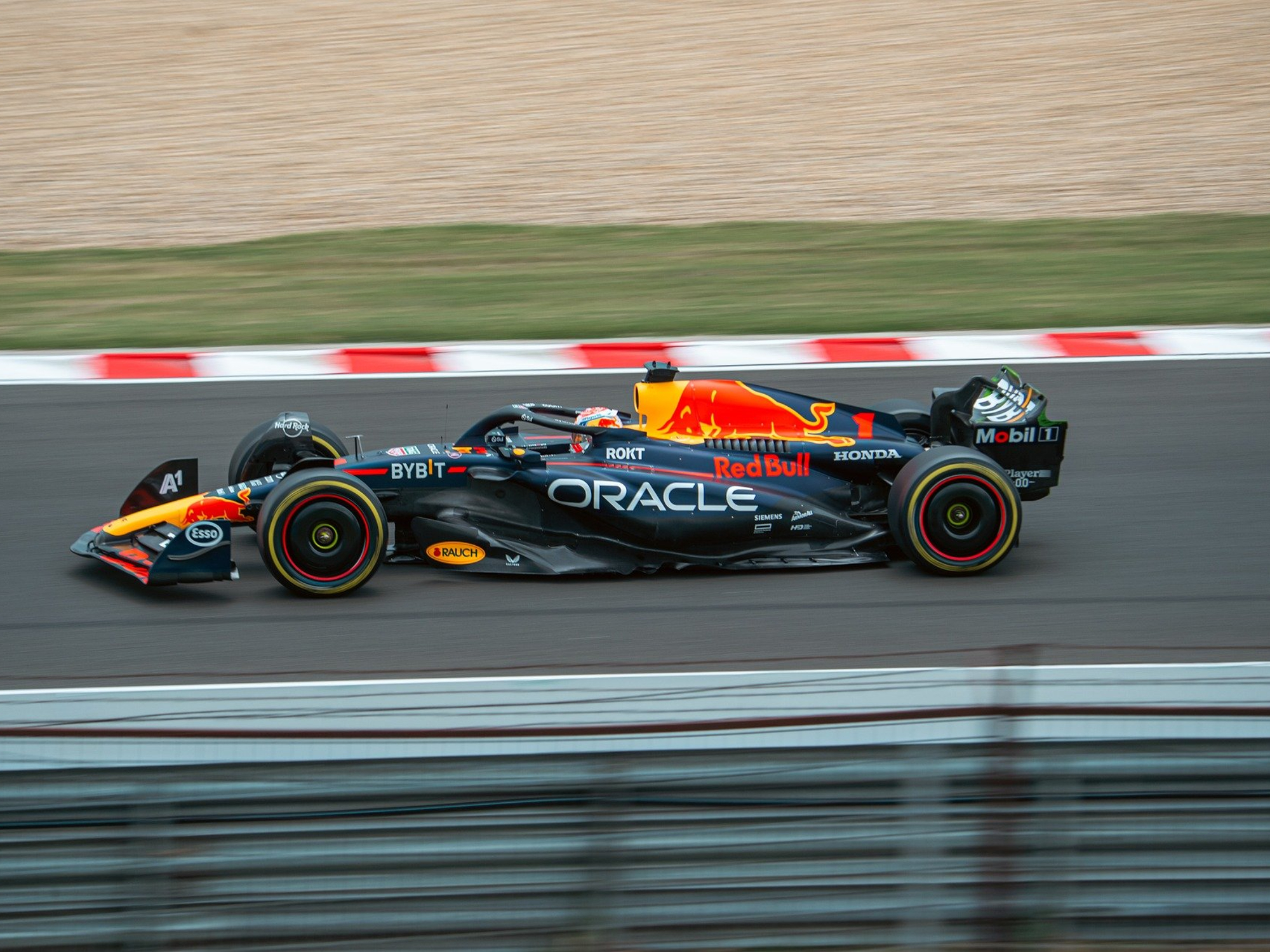
Red Bull has dominated F1 racing for the past three seasons and is off to a strong start for 2024. The two drivers for Red Bull Racing are Sergio Perez from Mexico and three-time world champion Max Verstappen from Belgium.
Ferrari
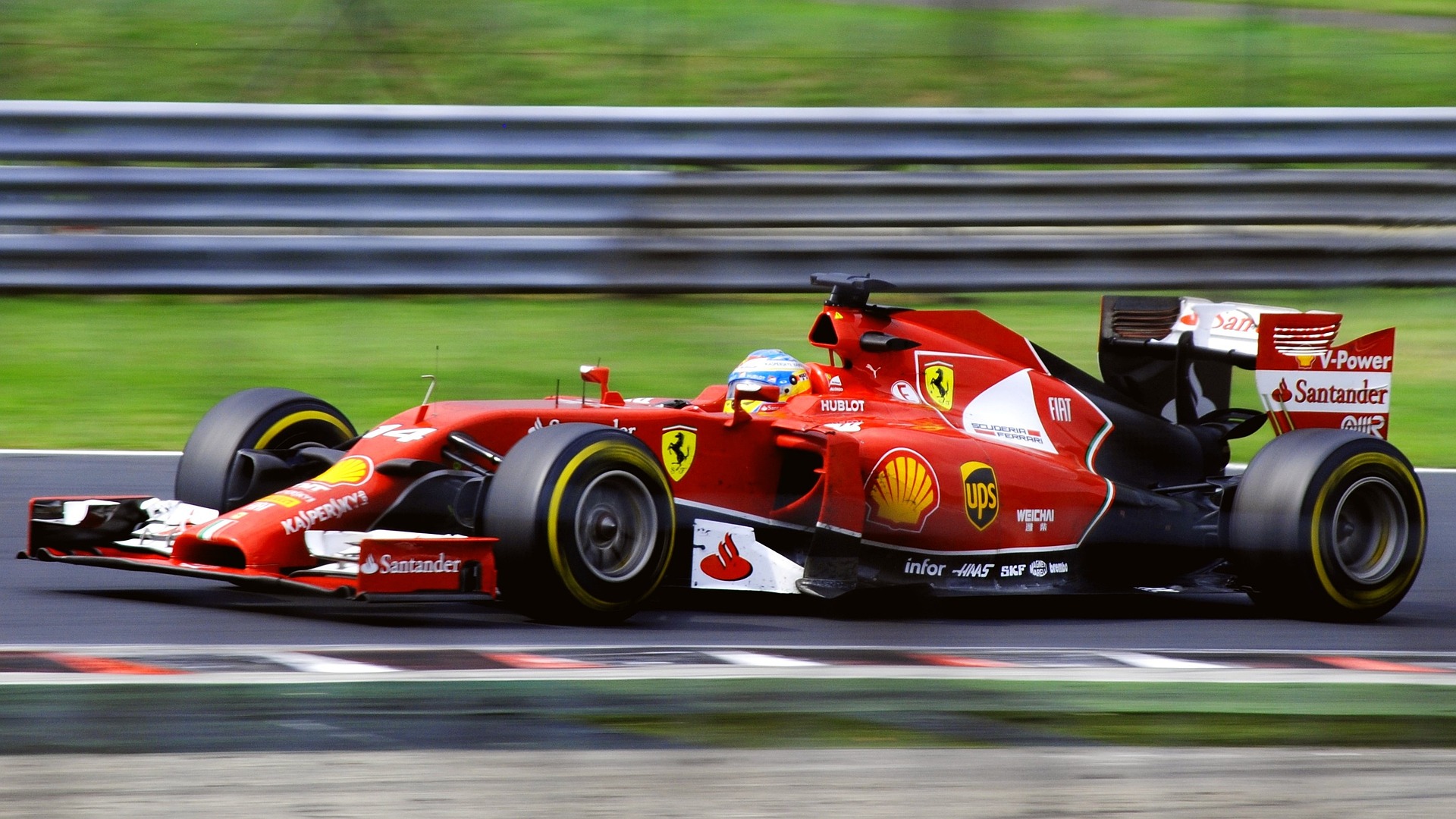
Ferrari has fielded an F1 team every season since the sport began in 1950. Ferrari’s drivers are Carlos Sainz from Spain and Charles Leclerc from Monaco.
McLaren
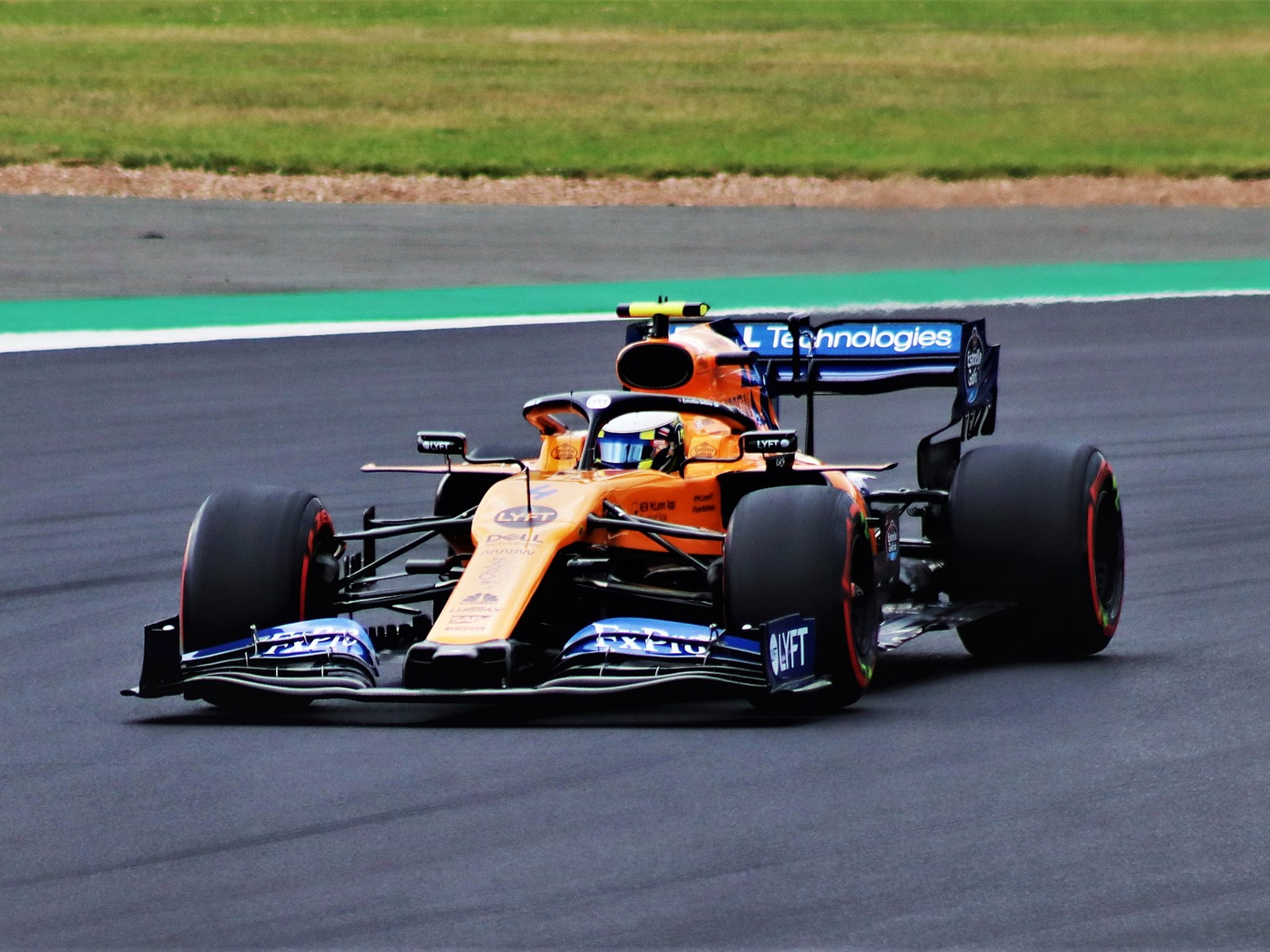
McLaren Racing is a British racing team that currently uses Mercedes engines. The McLaren team drivers for 2024 are Oscar Piastri from Melbourne, Victoria, and Lando Norris from England.
Mercedes
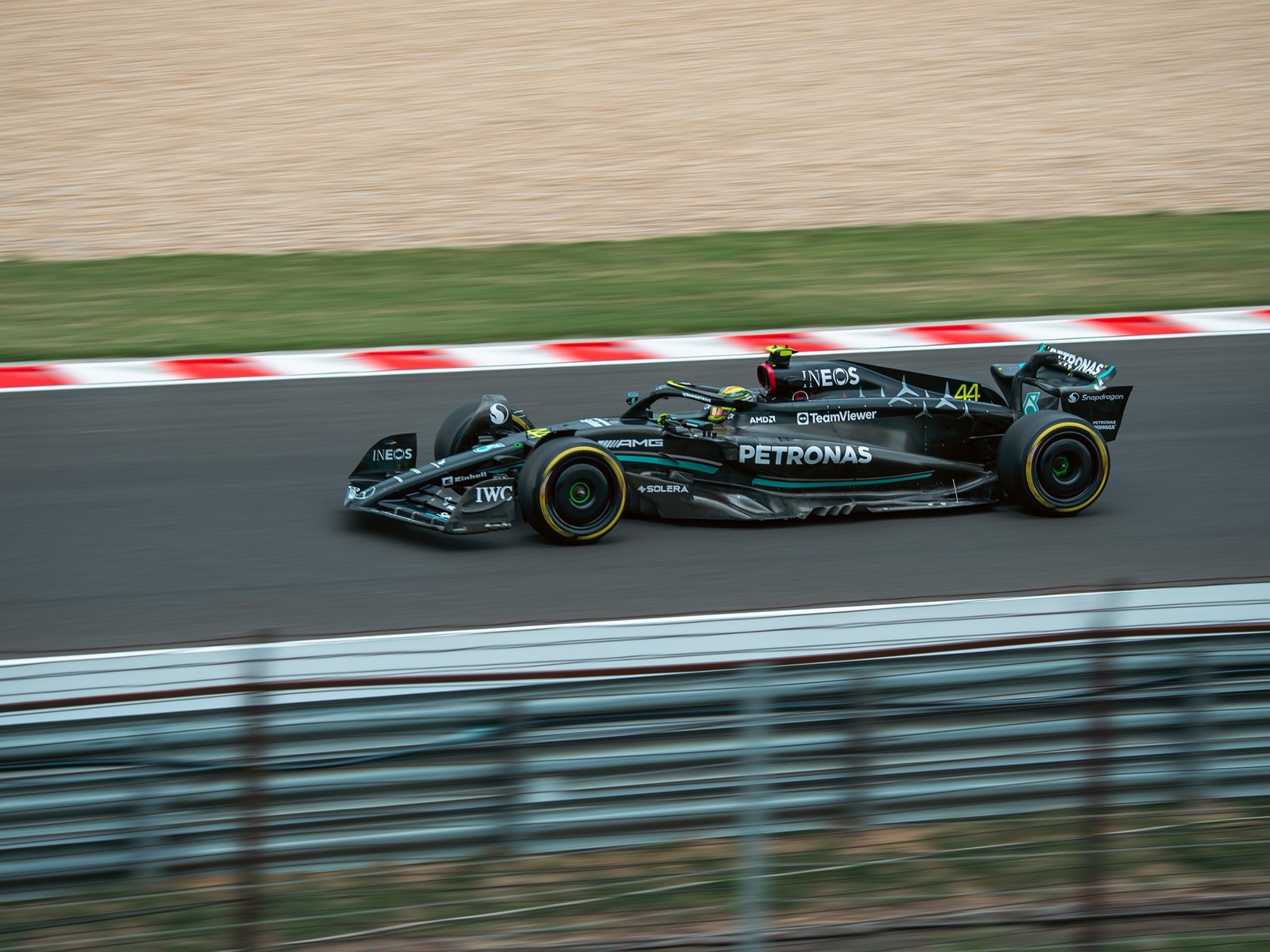
Mercedes is a factory team with two British drivers, George Russell, and seven-time world champion Lewis Hamilton.
Aston Martin
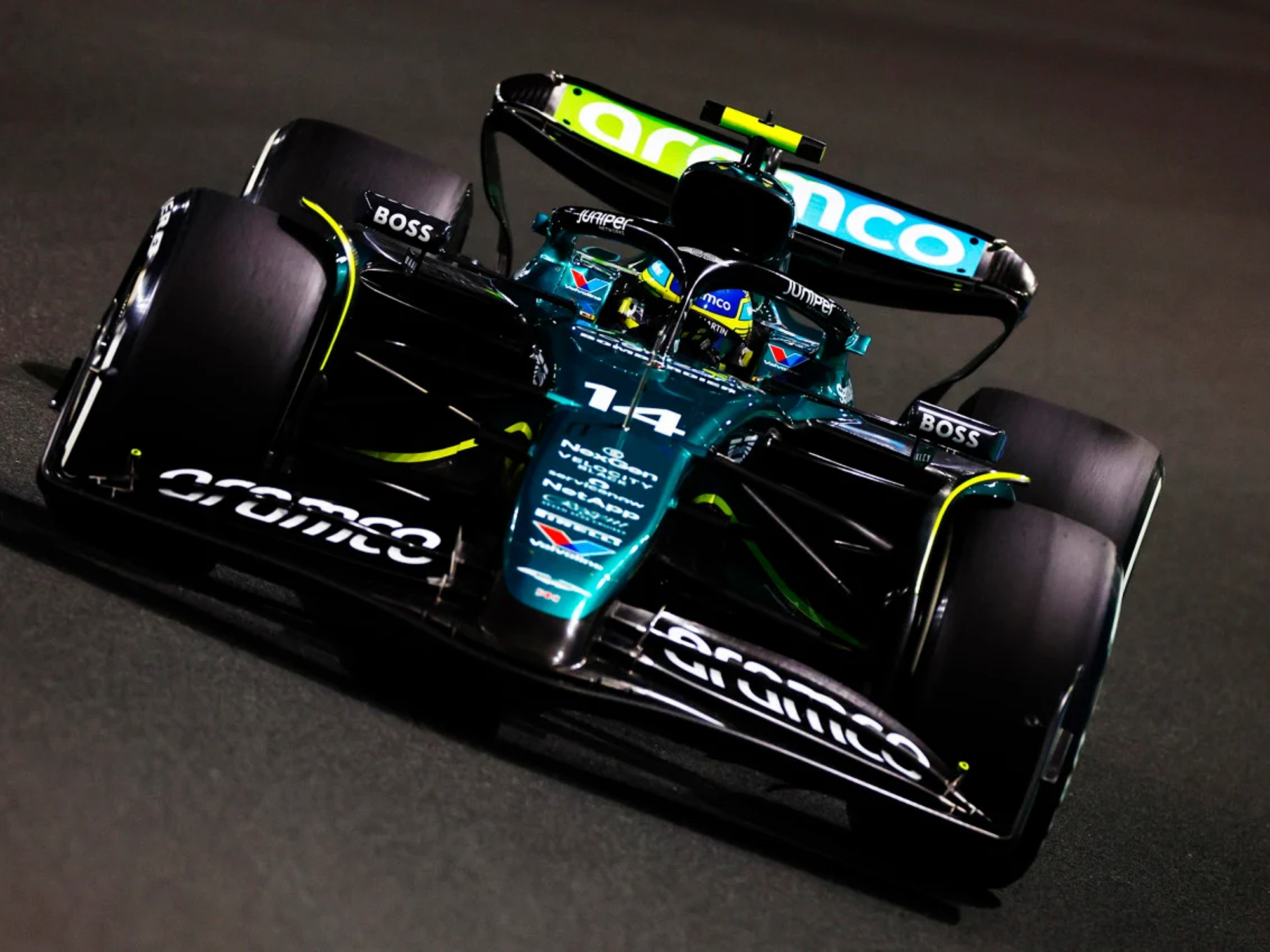
The Aston Martin factory team drivers are Canadian Lance Stroll and Fernando Alonso from Spain.
Haas F1 Team
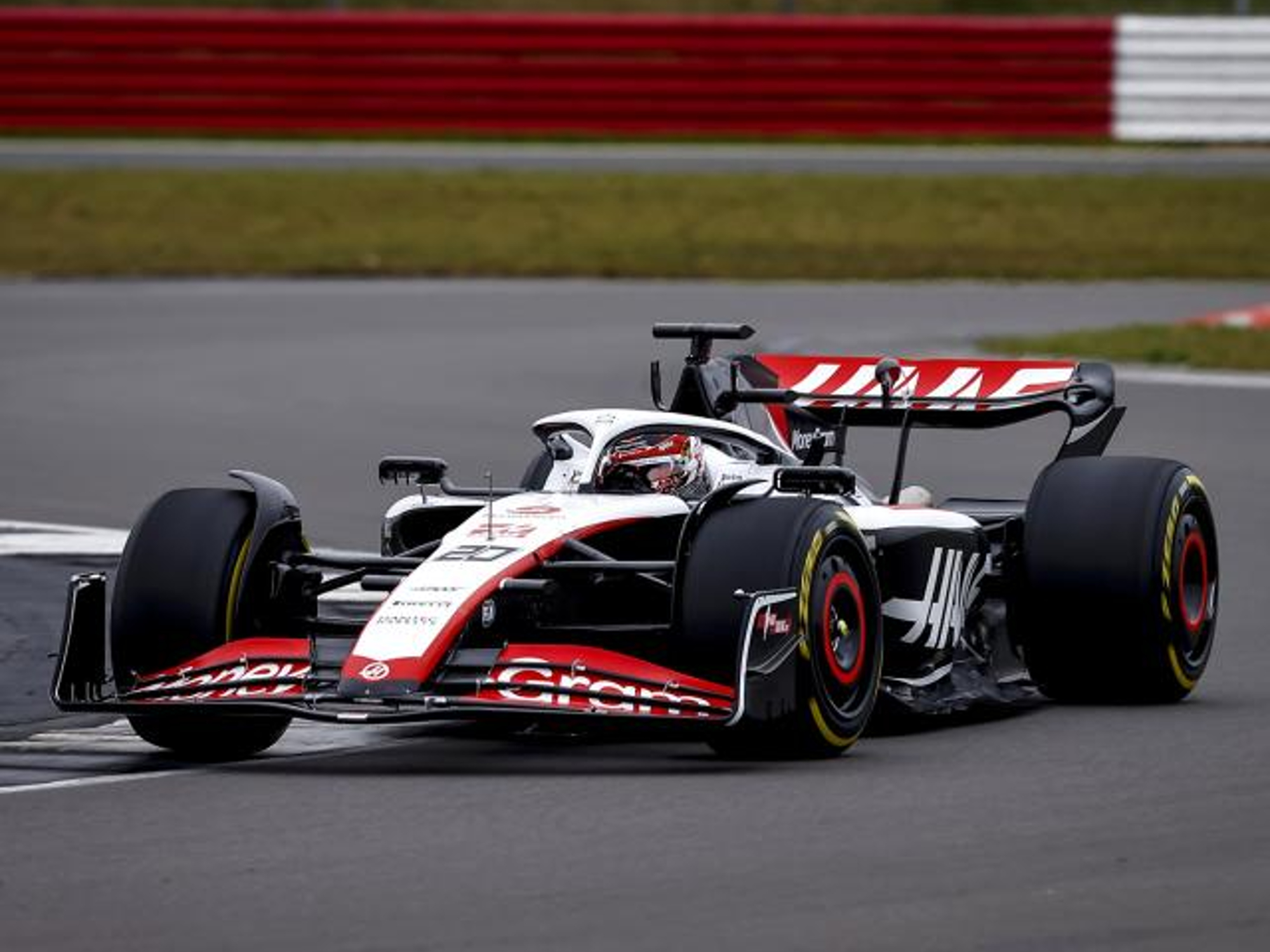
Two veteran F1 professionals, Nico Hulkenberg from Germany and Kevin Magnussen from Denmark, drive Hass Racing this season.
Williams Racing

Alexander Albon from Thailand and Logan Sargeant from the U.S. are the drivers for Williams Racing, a British F1 team.
Stake F1 Kick Sauber

Stake F1 Kick Sauber is a Swiss-owned team that uses Ferrari engines but will become an Audi factory team with German ownership as of 2026. The team’s drivers are Zhou Guanyu from China and Valteri Bottas from Finland.
Visa Cash App RB Formula One Team

Visa Cash App RB is Red Bull’s second team. This season, RB’s drivers are Yuki Tsunoda from Japan and Daniel Ricciardo from Australia.
BWT Alpine F1 Team
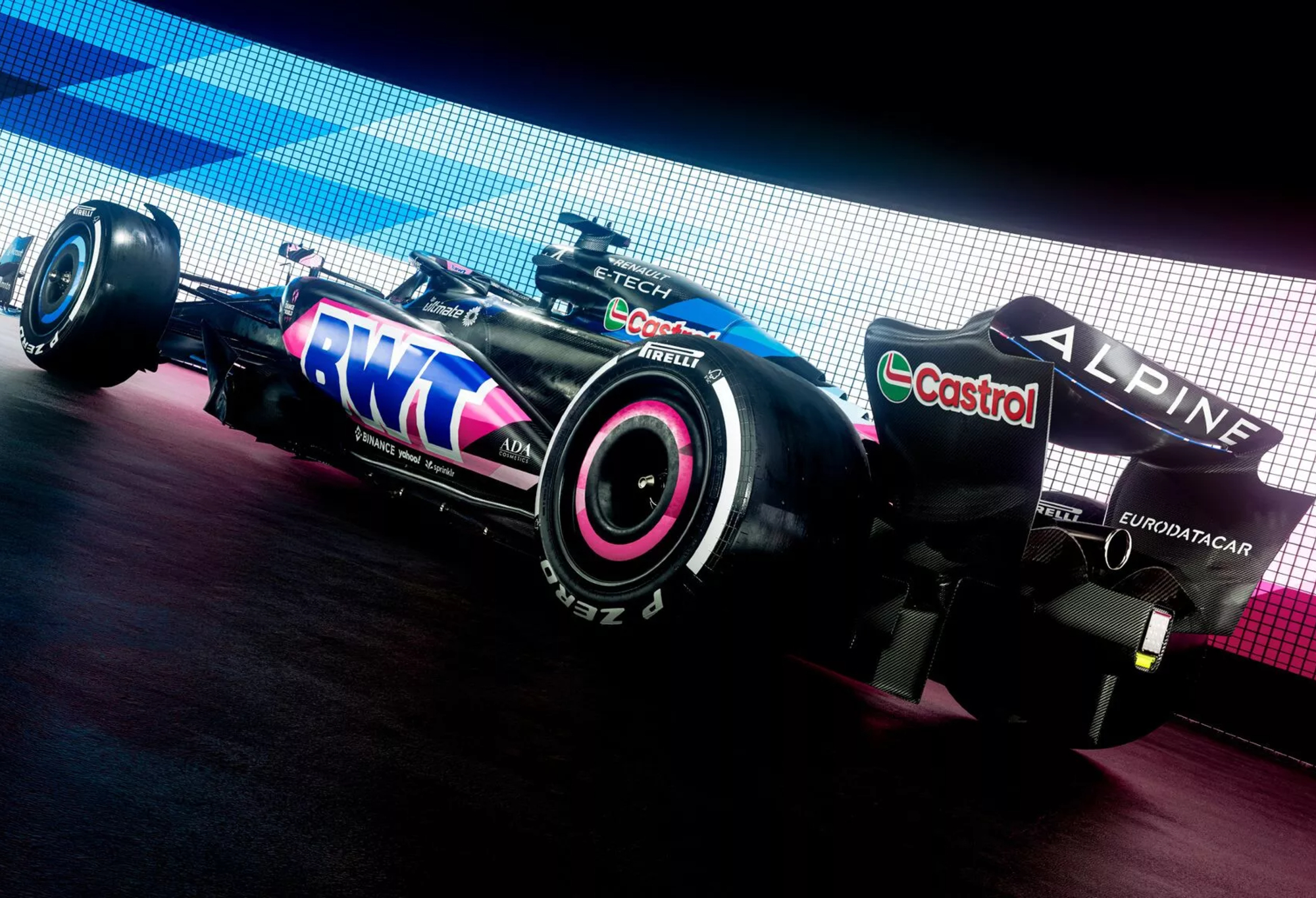
The BWT Alpine F1 Team is a factory works team for Renault. BWT Alpine’s French drivers are Pierre Gasly from Rouen and Esteban Ocon from Normandy.



